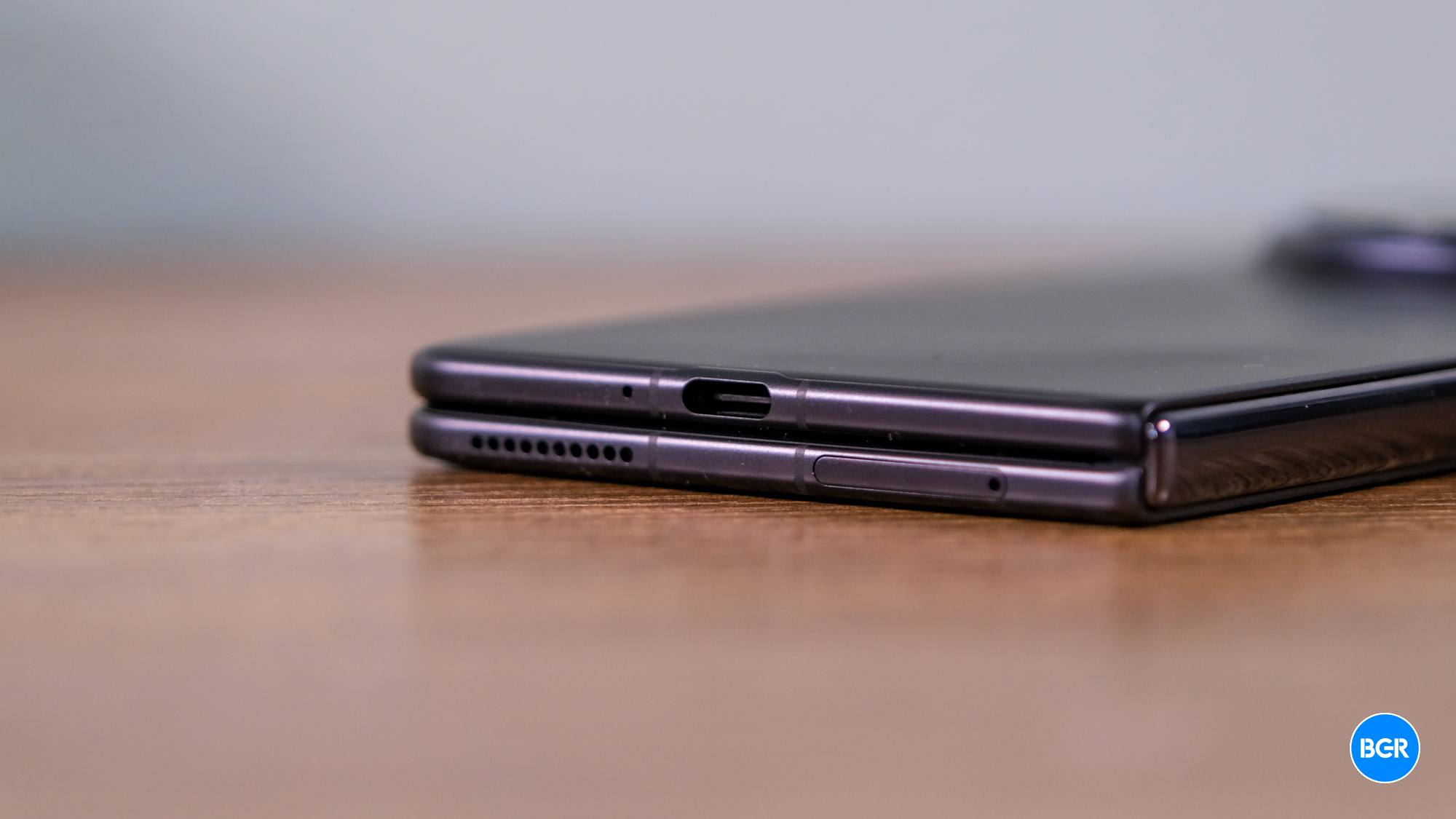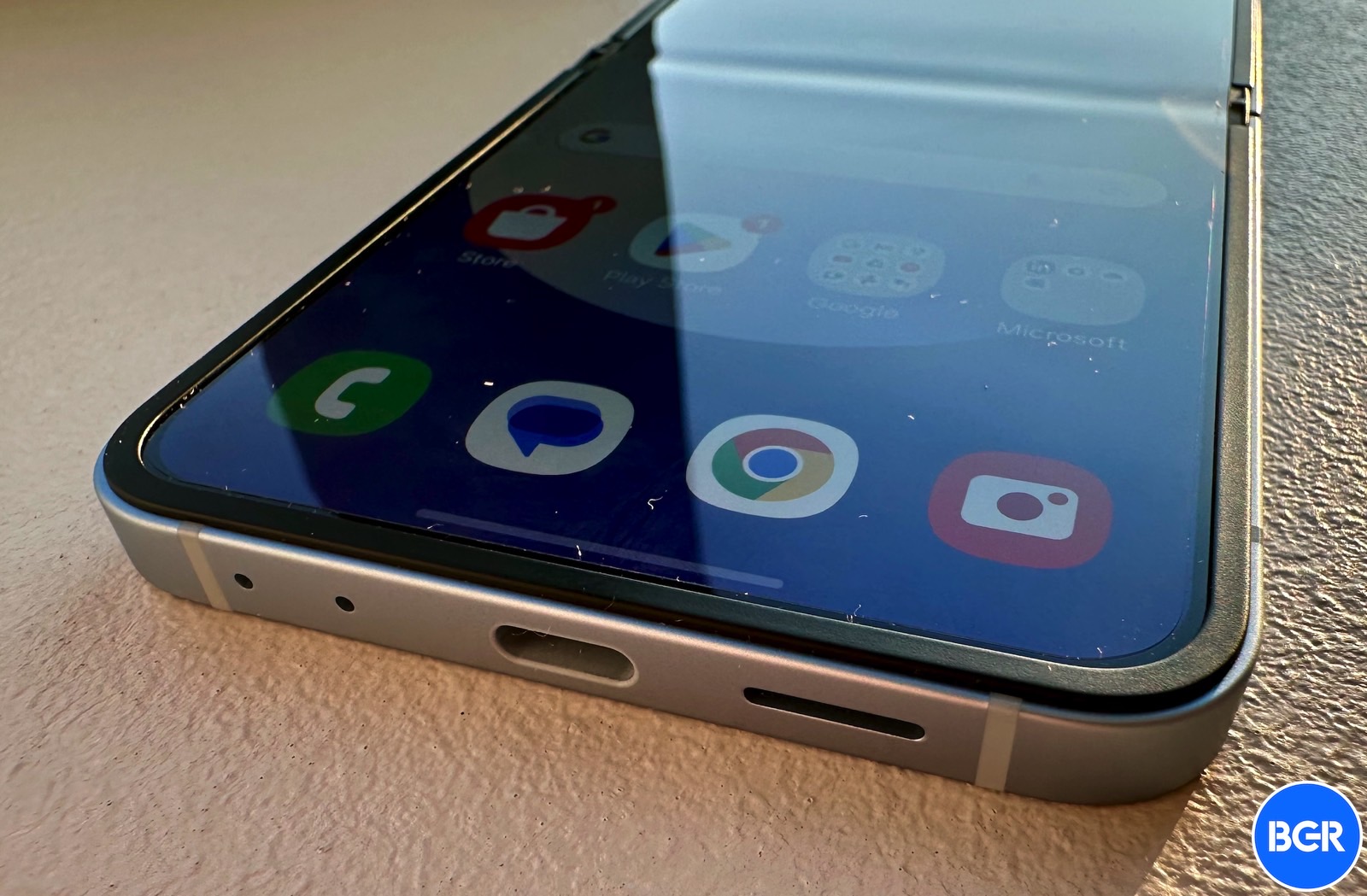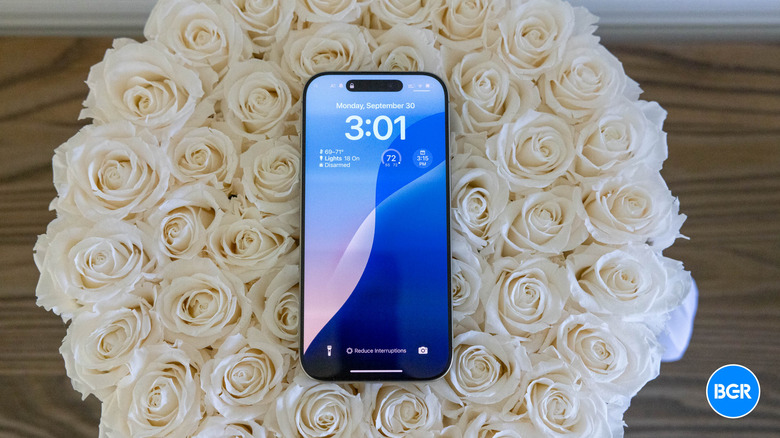Apple's iPhone 17 Air Is A Major Step Toward The First Foldable iPhone
Apple is developing foldable devices, or so say rumors and leaks that drop routinely. Some claim a foldable MacBook/iPad will be launched before the foldable iPhone. Others mention development delays, as Apple is waiting for specific technology innovations, like Samsung manufacturing foldable screens that do not crease in the middle.
The gist of those rumors is that the foldable Apple device is happening, but Apple won't hurry it to market. Also, considering the recent developments in the world of foldable devices and the iPhone, Apple might be waiting for innovations unrelated to the display before it's comfortable releasing a foldable handset.
I think the iPhone 17 Air, supposedly coming next year, will be a stepping stone towards creating foldable iPhones, especially the Flip variety.
The most recent reports say Apple struggles to make an iPhone 17 Air between 5mm and 6mm thick. The phone will feature various compromises, some of which make sense.
The Air will have only one rear-facing camera that might be placed centrally. The battery will be thinner than ever, so battery life might take some sort of hit compared with other iPhone 17 models. Recent reports also say the iPhone 17 Air will feature a single speaker, Apple's 5G modem without mmWave support, and no physical SIM card.
Separately, Samsung is also rumored to launch a Galaxy S25 Slim phone to compete against the iPhone 17 Air next year. The ultra-thin Galaxy S25 phone might hit stores well before the Air.

Meanwhile, Fold-type foldable phones have become very thin, with the Honor Magic V3 being the best example. It's just 4.4mm thick when unfolded and 9.3mm when folded. Samsung's limited edition Galaxy Z Fold SE is 4.9mm thick unfolded and 10.6mm thick folded.
But you know what no foldable smartphone vendor has made yet? A Flip foldable that's as thin as the Magic V3 or the Galaxy Z Fold SE. Honor doesn't have a clamshell phone to rival the Galaxy Z Flip 6. Samsung's latest Flip is 6.9mm thin when unfolded or about as thin as Apple's thinnest iPhone, the iPhone 6. Fold it, and the Flip 6 measures 14.9mm.
Flip phones also happen to sell better than Fold models, with the sky-high price of the latter type of foldable phone likely being the reason why.
I'll also point out that Apple sells well over 200 million iPhone units a year. Once it starts to manufacture foldable devices, Apple will probably outsell Samsung and others. On that note, a foldable iPhone will make foldable phones go mainstream, and that's why Samsung is dying to see Apple make one. But my point is that Apple's supply and manufacturing needs will be larger than those of other foldable phone manufacturers.
Not to mention that Apple has a "baby steps" approach to developing key tech innovations. That is, some of the upgrades a new iPhone will get today will then be available on more devices in the coming years. Apple did this with Face ID, OLED panels, sensor-shift wide cameras, and tetraprism zoom lenses, to name just a few.

That's why I think the iPhone 17 Air is a critical step towards making a foldable iPhone. Apple will use this thin candybar phone to develop various ultra-thin components that will transition to foldable iPhones. These include the battery, PCBs, chips, and even cameras.
The iPhone 17 Air will also include Face ID support, and its components need to fit inside a frame that measures between 5mm and 6mm.
Finally, suppliers will need to adjust production lines to manufacture iPhone 17 Air parts in the tens of millions. By the time an iPhone Flip rolls along, they'll be ready to meet Apple's increased demands.
Fold the iPhone 17 Air in half, and you get an ultra-thin iPhone Flip phone that might measure between 10mm and 12mm. Many parts and technologies developed for the Air will trickle down to this model, with a big caveat. Apple must find space inside the iPhone Flip for an ultra-thin, durable hinge.
Put differently, it'll be much easier to make an iPhone Fold type of foldable because of all the extra space you get for the battery and other components. That's why so many smartphone vendors have already been able to create thin Fold-type foldables.
By the way, the same logic applies to Samsung. If the Galaxy S25 Slim is real, it will help Samsung make a thinner Galaxy Z Flip phone down the line.
